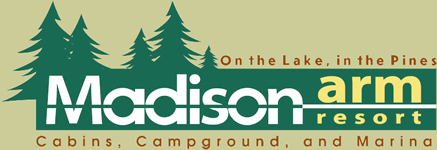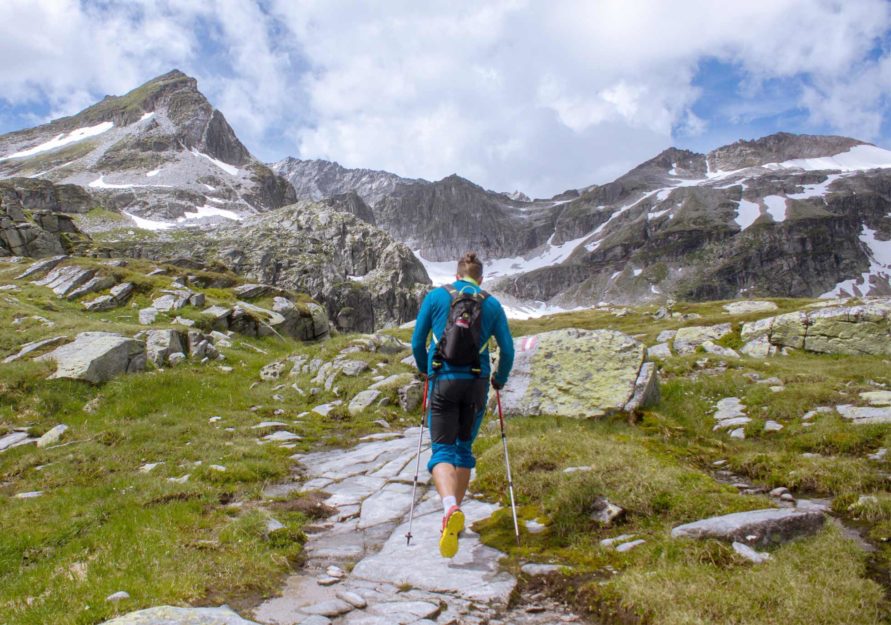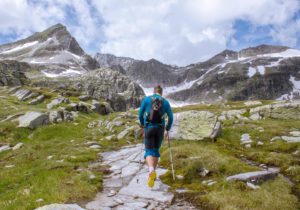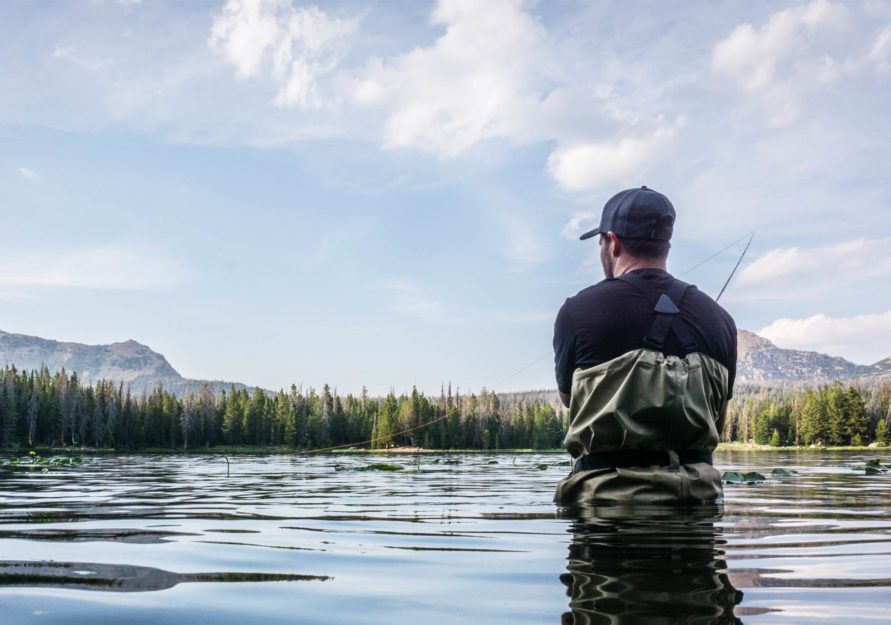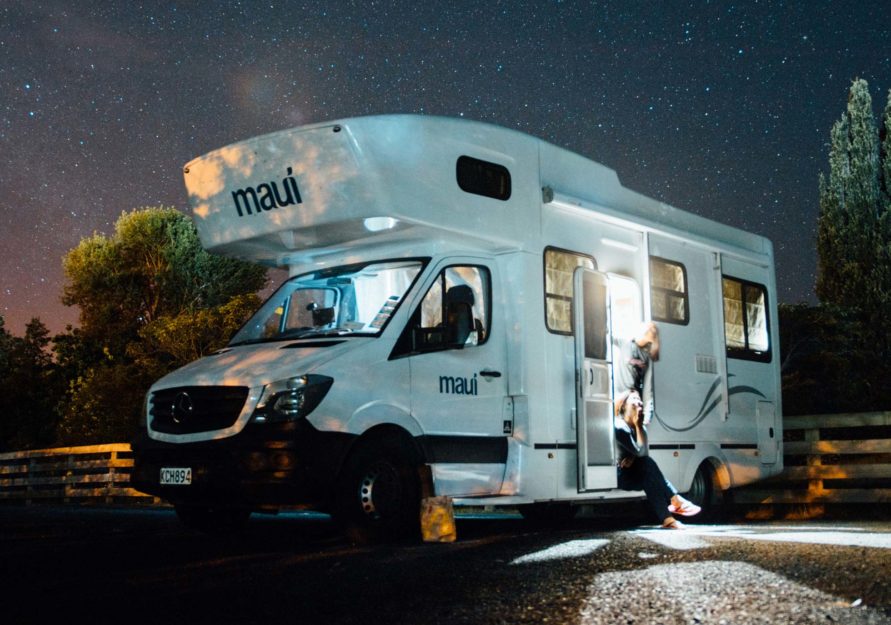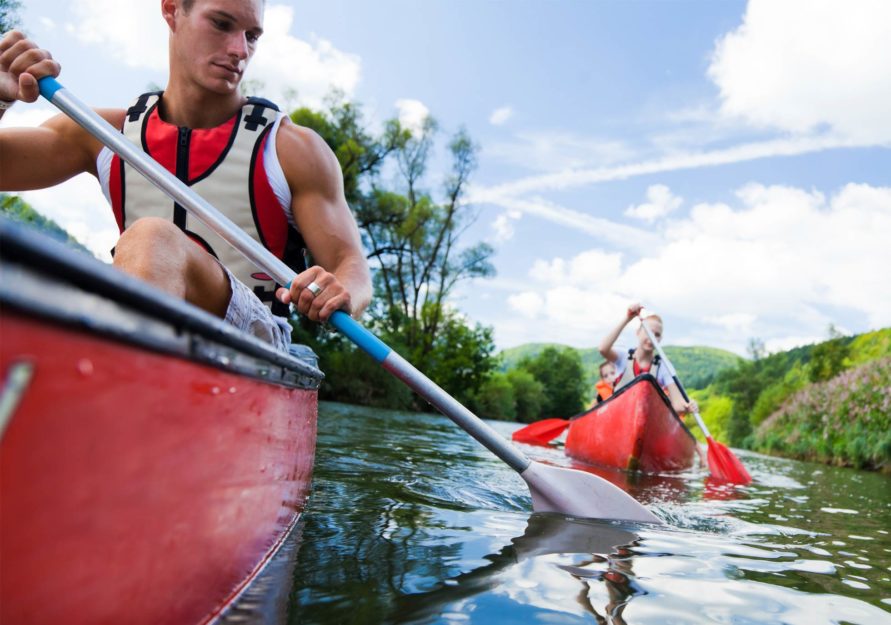Embarking on a hiking adventure can be one of the most rewarding ways to connect with nature, especially in scenic areas like Yellowstone Montana and Gallatin National Forest. For beginners, though, the experience can be daunting without the right preparation. Here are ten essential tips and hacks to ensure your hiking journey is safe, enjoyable, and memorable.

1. Start with the Right Gear
Footwear Matters
Investing in a good pair of hiking boots is crucial. They provide the necessary support and protection for your feet and ankles, which is particularly important when traversing rocky or uneven terrain in Yellowstone and Gallatin National Forest. Look for waterproof boots with good traction.
Clothing Essentials
Layering is key. Weather in these regions can change rapidly. Start with moisture-wicking base layers, add insulating layers like fleece or down, and top it off with a waterproof and windproof outer layer. Don’t forget a hat and gloves, as temperatures can drop unexpectedly.
Backpack Basics
A comfortable, well-fitted backpack is essential. For day hikes, a pack with a capacity of 20-30 liters should suffice. Ensure it has padded shoulder straps and a waist belt to distribute weight evenly. Pack essentials such as a map, compass, first-aid kit, extra clothing, snacks, and plenty of water.
2. Plan Your Hike
Research Trails
Before setting out, research trails suitable for beginners in Yellowstone and Gallatin National Forest. Trails like the Beehive Basin Trail or the Riverside Trail offer stunning views and are well-marked. Websites like AllTrails provide useful information on trail difficulty, length, and user reviews.
Check Weather Conditions
Always check the weather forecast before you go. Sudden storms can occur, especially in mountainous areas. Being prepared for rain, snow, or intense sun can make the difference between a great hike and a miserable one.
Know Your Limits
Choose a trail that matches your fitness level. It’s better to start with shorter, less challenging hikes and gradually work your way up to more strenuous trails. Overestimating your abilities can lead to exhaustion or injury.
3. Stay Safe with Wildlife Awareness
Carry Bear Spray
Yellowstone and Gallatin National Forest are home to bears and other potentially dangerous wildlife. Carrying bear spray is a must. Learn how to use it properly and keep it easily accessible, not buried in your backpack.
Make Noise
To avoid surprising bears and other wildlife, make noise as you hike. Talk, sing, or clap at regular intervals, especially in dense vegetation or areas where visibility is limited.
Respect Wildlife
Never approach or feed wildlife. Maintain a safe distance and observe animals with binoculars. Follow Leave No Trace principles to minimize your impact on their natural habitats.
4. Stay Hydrated and Nourished
Water is Essential
Dehydration can quickly ruin a hike. Carry enough water for the entire trip—at least two liters per person for a day hike. Consider using a hydration bladder for easy access. Water filters or purification tablets can be useful if you plan to refill from natural sources.
Pack Nutritious Snacks
Bring energy-boosting snacks like trail mix, granola bars, nuts, and dried fruit. These are easy to pack and provide sustained energy. For longer hikes, consider packing a lightweight, high-protein lunch, such as a wrap or sandwich.
5. Navigation Skills
Map and Compass
While GPS devices and smartphones are helpful, they can fail due to battery loss or lack of signal. Always carry a detailed map of the area and a compass, and know how to use them. Familiarize yourself with the trail and landmarks before setting out.
Stay on Marked Trails
Straying from marked trails increases the risk of getting lost and can damage sensitive ecosystems. Stick to established paths to ensure your safety and protect the environment.
6. First Aid Knowledge
Basic First Aid Kit
Carry a basic first-aid kit with bandages, antiseptic wipes, adhesive tape, blister treatment, pain relievers, and any personal medications. Knowing how to treat common hiking injuries like cuts, blisters, and sprains can prevent minor issues from becoming major problems.
Learn Basic First Aid
Taking a basic first-aid course can be incredibly beneficial. Knowing how to handle emergencies like hypothermia, heat exhaustion, or snake bites can save lives. Consider taking a wilderness first aid course for more specific knowledge.
7. Understand the Environment
Weather Patterns
Montana’s weather can be unpredictable. Learn to recognize signs of changing weather and how to respond. For example, if you see dark clouds gathering, it might be wise to seek shelter or head back early.
Trail Etiquette
Practice good trail etiquette. Yield to uphill hikers, keep noise levels down to preserve the tranquility of nature, and pack out all trash. Respect other hikers and wildlife to ensure a pleasant experience for everyone.
8. Fitness Preparation
Build Your Endurance
Hiking requires stamina and strength. Prepare your body by incorporating regular cardio workouts such as walking, running, or cycling into your routine. Strength training, particularly for your legs and core, can also improve your hiking performance.
Practice with Smaller Hikes
Before tackling longer, more challenging trails, start with smaller hikes. This will help you understand your pace, endurance levels, and how your body reacts to different terrains and elevations.
9. Emergency Preparedness
Leave an Itinerary
Always inform someone of your hiking plans. Leave a detailed itinerary with a friend or family member, including your planned route, expected return time, and emergency contacts. This can be crucial if you get lost or injured.
Emergency Devices
Consider carrying an emergency device such as a whistle, mirror, or personal locator beacon (PLB). These can help rescuers locate you if you’re lost or injured. A whistle can also be used to scare away wildlife.
10. Enjoy the Experience
Take It Slow
Hiking isn’t a race. Take your time to enjoy the scenery, take photos, and appreciate the beauty of nature. This is especially important in places like Yellowstone and Gallatin National Forest, where the landscapes are breathtaking.
Reflect and Relax
Use hiking as a way to disconnect from the stresses of daily life. Take moments to sit, breathe deeply, and soak in the surroundings. This mindful approach can enhance your hiking experience and leave you feeling rejuvenated.
Join a Community
Consider joining a hiking group or club. This can provide support, motivation, and a wealth of knowledge from more experienced hikers. It’s also a great way to make new friends who share your interest in the outdoors.
Conclusion
Hiking in the Yellowstone Montana area and Gallatin National Forest offers unparalleled natural beauty and a chance to experience the great outdoors up close. For beginners, following these ten essential tips and hacks will ensure a safe, enjoyable, and memorable hiking experience. From choosing the right gear to understanding wildlife safety, being prepared is key. So pack your backpack, lace up your boots, and hit the trails for an adventure you won’t forget. Happy hiking!
